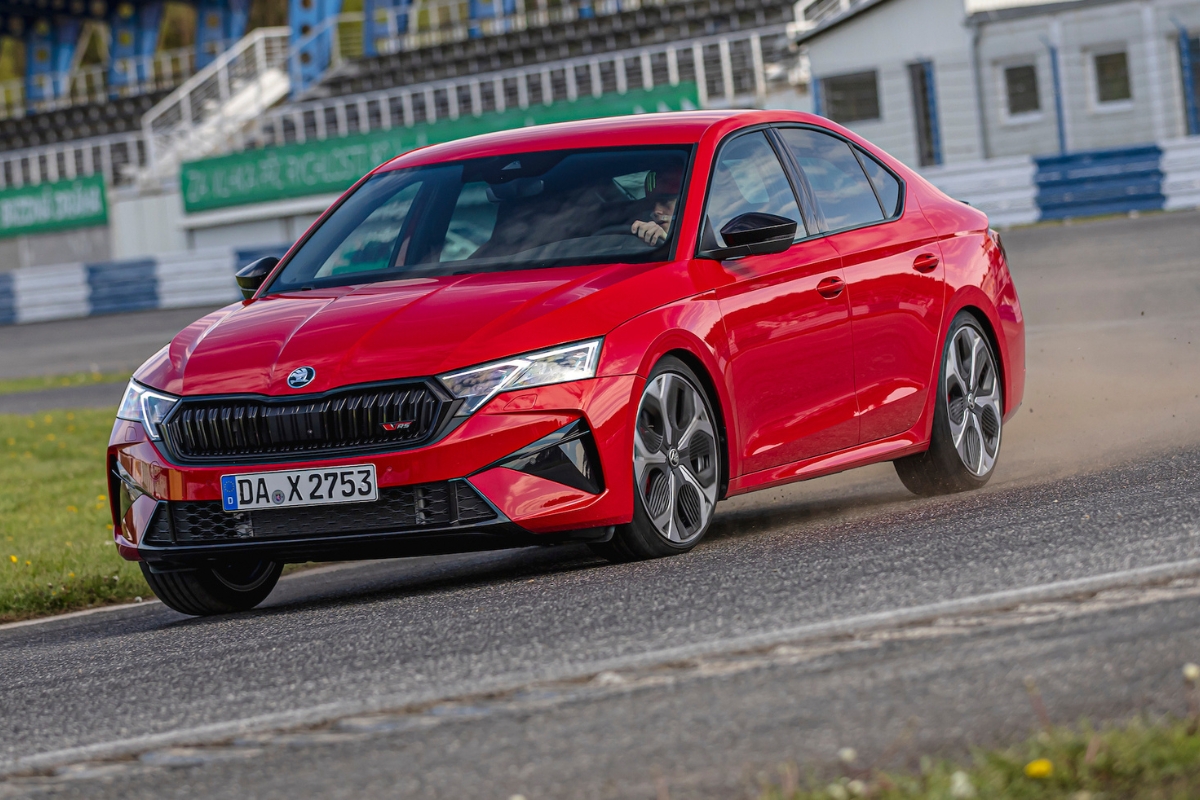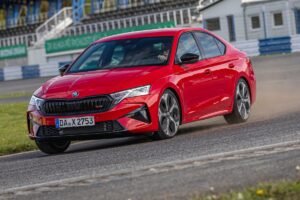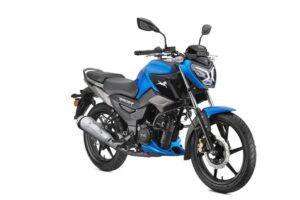The TATA Harrier, a premium SUV from Tata Motors, is creating a buzz in the Indian car market. With its modern design, robust engine, and advanced features, the Harrier is set to compete directly with the Mahindra XUV700. This SUV is a perfect blend of style, performance, and technology, making it an excellent choice for SUV enthusiasts. Let’s dive into the details of its features, engine, mileage, and price.
TATA Harrier Features
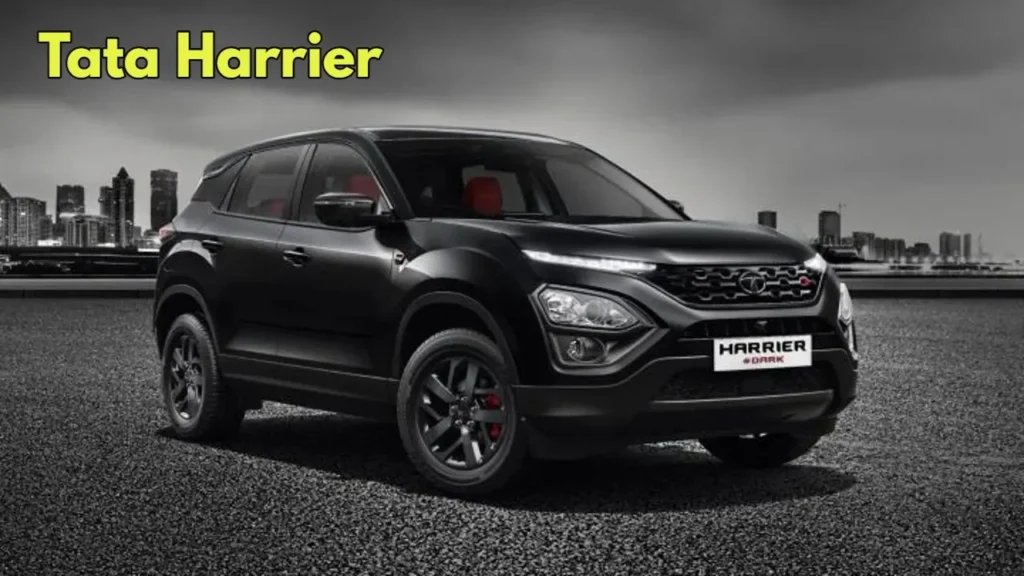
The TATA Harrier is loaded with advanced features that cater to both comfort and technology lovers. Here are the key highlights: 12.3-Inch Touchscreen Infotainment System A large and modern display with smartphone connectivity options to keep you entertained and connected. 4-Spoke Steering Wheel with Backlit Logo Stylish and user-friendly steering with a premium touch. Touch-Based Climate Control New touch controls for adjusting the climate settings easily and efficiently. Toggle Switches for Added Convenience Offers a seamless and modern user experience. The modern design and premium features make the TATA Harrier stand out in the competitive SUV market.
TATA Harrier Engine
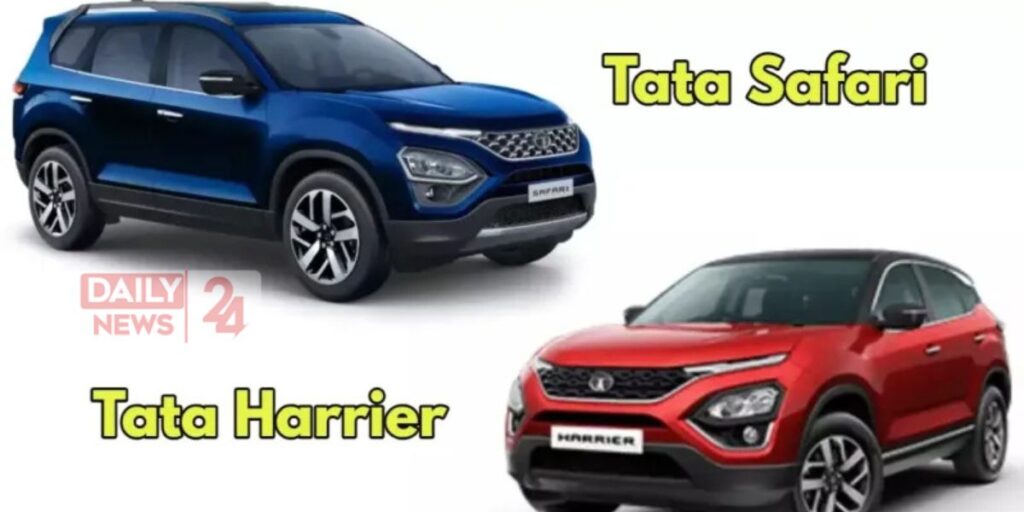
The TATA Harrier is powered by a robust and reliable 2.0L Turbo Diesel Engine. Here’s what it offers: Power Output Delivers 170 PS of power. Torque Generates an impressive 350 Nm of torque. Transmission Options 6-Speed Manual Gearbox For traditional driving enthusiasts. 6-speed Automatic Gearbox Includes paddle shifters and an electronic parking brake for added convenience.
TATA Harrier Price
The TATA Harrier is expected to come with a competitive starting price of approximately ₹10 lakh (ex-showroom). This pricing makes it an affordable yet premium SUV option, offering a great value-for-money package compared to competitors like the Mahindra XUV700.
- Park Top Class Maruti Swift In Your Courtyard By Paying Rs 1 Lakh, Without Paying Any EMI
- The Toyota Urban Cruiser 2025 A Glimpse into the Future of Urban Mobility
- The Tata Tiago 2024 A Bold New Chapter for India Favorite Hatchback
- Mahindra 3Xo 2024 A Glimpse into the Future of Electric Mobility







